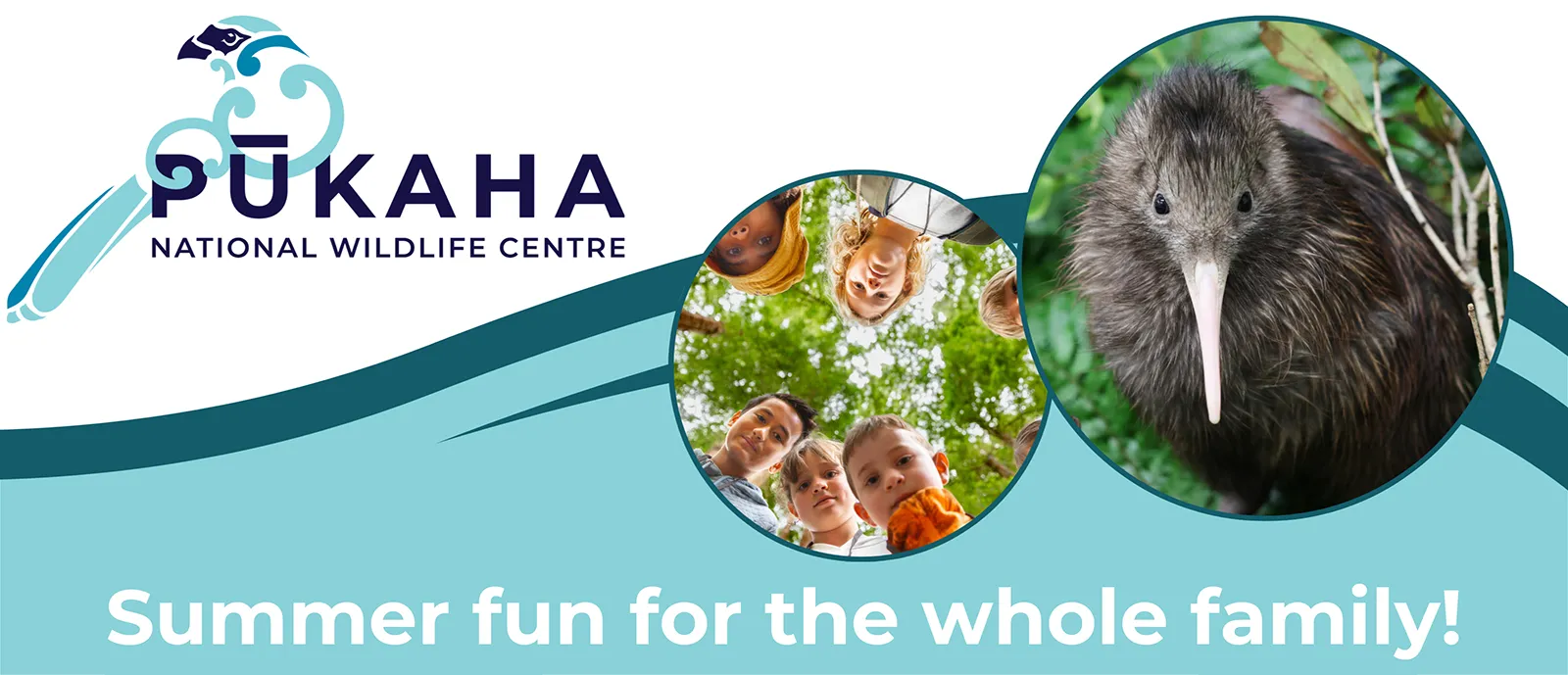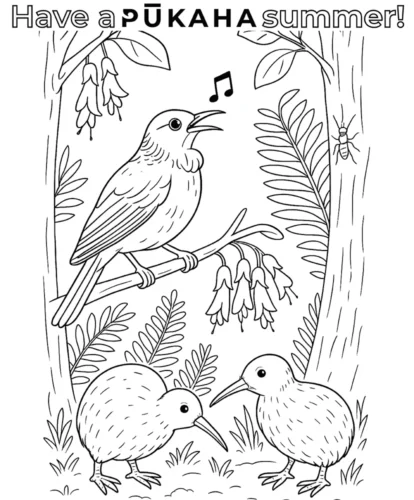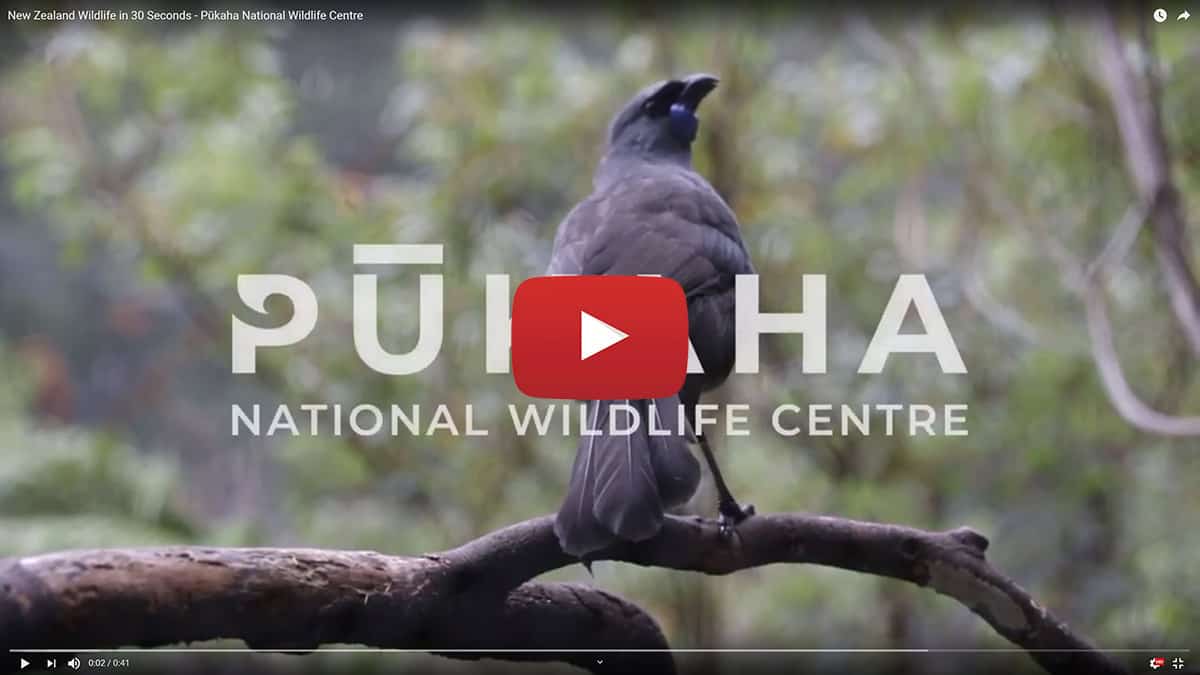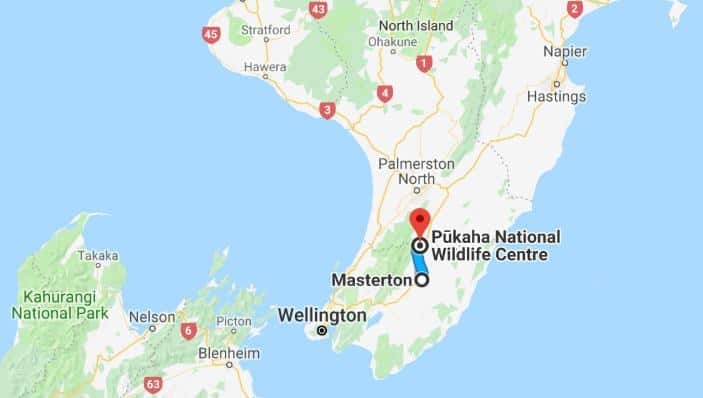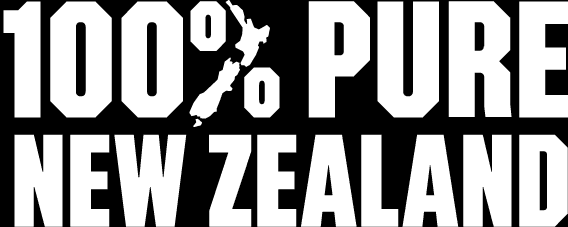With so many activities for the kids…
Win a Family Pass by entering our
Colouring Competition!
… and share the love 💕
Opening Hours
We are open every day of the year – except Christmas Day!
9:00am – 5:00pm
Pūkaha National Wildlife Centre is a not-for-profit charity managing an unfenced breeding sanctuary for native wildlife.
Our 942-hectare forest is home to wild birds.
Inside our aviaries we hatch kiwi, kākā and kākāriki for release across Aotearoa New Zealand.
To make a difference, we need your help.
We are located on the border of the beautiful Tararua and Wairarapa regions, on the north island of Aotearoa New Zealand.
Conservation
Campervans / EVs
Campervans
There is space to park campervans and motorhomes during the day.
Over-night sites are available, with a guided tour included in the price.
Bookings essential.
Electric Vehicles (EVs)
We have two Type-2 EV trickle charging stations available. Customers will be required to provide their own type-2 charging cable.
How to get here
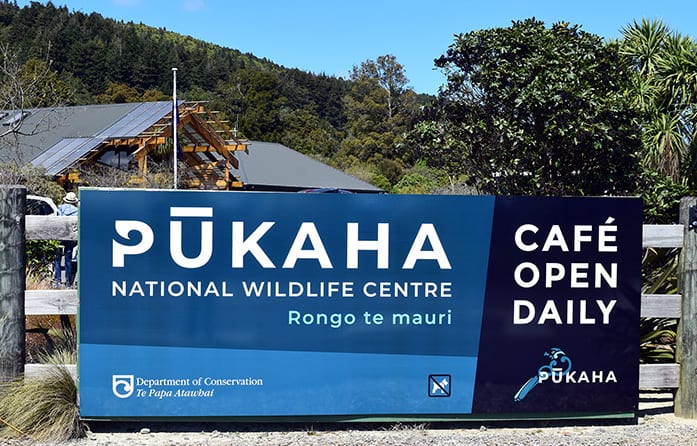
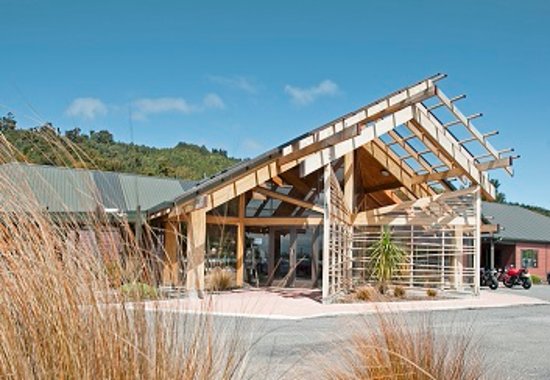
We’re on State Highway 2 (SH2) in the middle of the lower part of the North Island of Aotearoa New Zealand.
We’re 30kms north of Masterton, Wairarapa and 10km south of Eketahuna, Tararua.
It’s about 2 hours to drive north-east from Wellington, a little longer heading south-west from Napier, or an hour south from Palmerston North.
